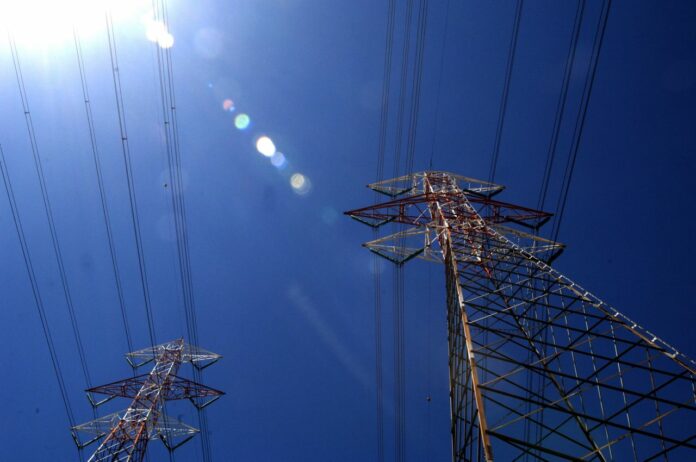
LA VALLETTA (MALTA) (ITALPRESS/MNA) – Almost 23% of energy imported to Malta through the interconnector that links the island to the Italian energy grid in Sicily originated from coal-fired power stations in 2023. This is double the from the previous year’s 12% share of imported electricity. In terms of carbon emissions and impact on climate change, coal is considered to be the dirtiest of all fossil fuels. Fossil fuels – coal, gas, and petroleum – accounted for around 85% of the interconnector’s energy, a slight drop of one percentage point over 2022. In 2023, Malta imported less electricity produced from natural gas, down from 69% to 58%, and more from coal. Natural gas is estimated to emit 50-60% less carbon dioxide when combusted by new and efficient plants, compared to emissions from a coal-burning plant. Significantly, Malta imported three times as much energy from coal-fired power stations than from renewable energy sources (7.3%) through the interconnector, staying at the same level in 2022 after dropping from 11% in 2021. Overall, Malta has registered a second consecutive increase in carbon emissions up from 388 grams of carbon dioxide per kiloWatt-hours in 2021 to 391gCO2/kWh in 2022 and to 396CO2/kWh in 2023. Maltàs energy supply depends on a liquefied natural gas plant (LNG) as well as an electricity interconnector that provides energy from the European mainland by subsea cable from Sicily. Natural gas used in Maltàs power stations accounted for 69% of the energy mix, up from 68% the previous year. A second interconnector linking Malta to the TERNA 220kV substation in Ragusa has already been approved by the Maltese planning authority. The second interconnector is deemed essential to ensure that Malta has enough energy to cater to its increased population, the electrification of its car fleet, and to sustain current levels of economic growth. For the second consecutive summer, Malta is facing an interrupted supply of electricity to households and businesses.
– Photo Agenzia Fotogramma –
(ITALPRESS).














